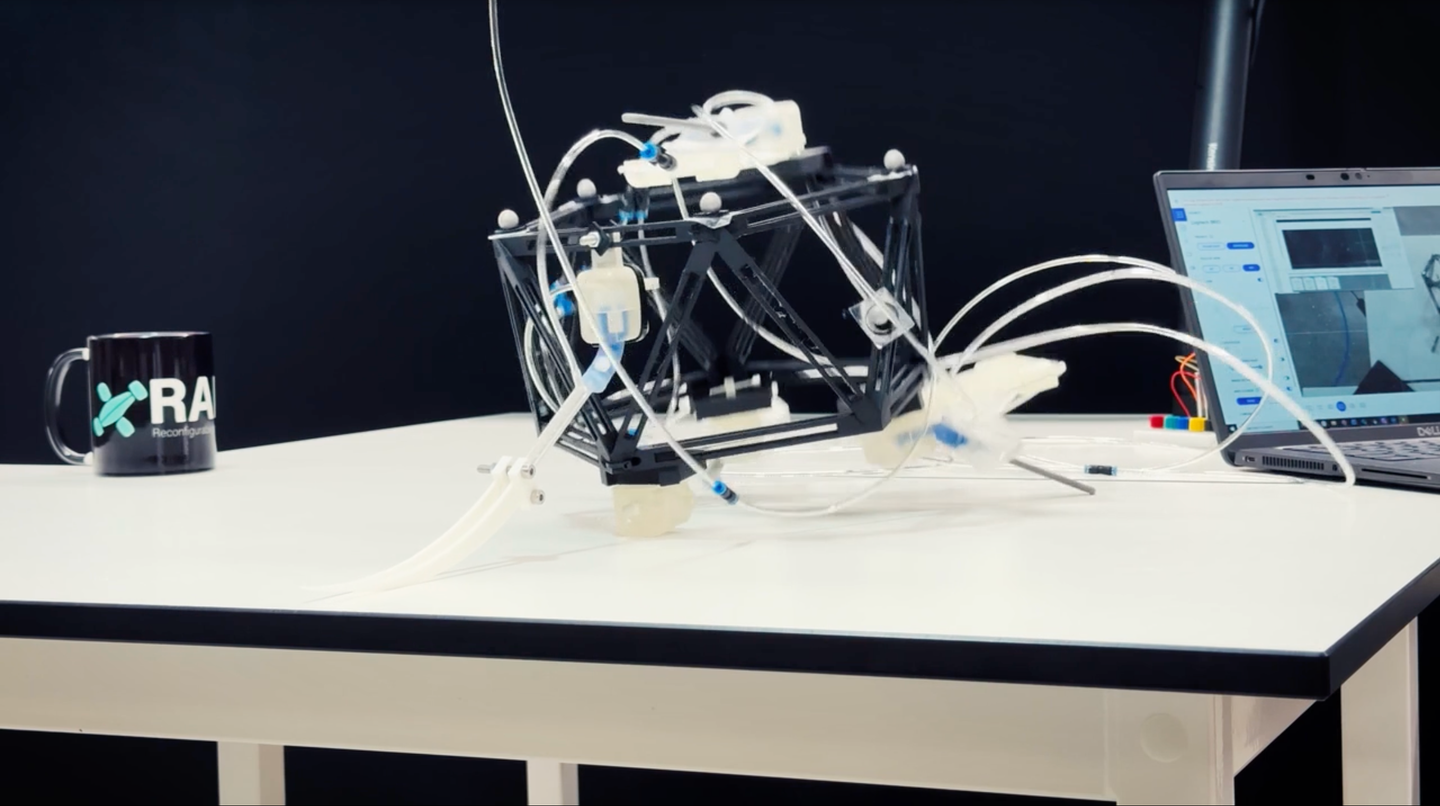Scientists discover how humans sense cold temperatures
Researchers at the University of Michigan have made a breakthrough in understanding how mammals perceive cold temperatures.

Researchers at the University of Michigan have made a breakthrough in understanding how mammals perceive cold temperature (CREDIT: Creative Commons)
Researchers at the University of Michigan have made a breakthrough in understanding how mammals perceive cold temperatures, shedding light on a longstanding mystery in sensory biology.
The discovery, published in Nature Neuroscience, could pave the way for insights into how humans experience cold sensations and why certain individuals feel cold differently under specific medical conditions.
The study builds upon decades of research into temperature sensing proteins. Professor Shawn Xu, a neuroscientist at the U-M Life Sciences Institute and one of the senior authors of the study, explained, "The field started uncovering these temperature sensors over 20 years ago, with the discovery of a heat-sensing protein called TRPV1."
Caenorhabditis elegans anatomy. anatomy. Major anatomical features of a hermaphrodite (A) and male (B) viewed laterally. Modified from Corsi et al. (CREDIT: Andor Oxford Instruments)
Despite previous findings of proteins sensing hot, warm, and cool temperatures, scientists had yet to pinpoint the mechanism for sensing temperatures below about 60 degrees Fahrenheit.
In 2019, Xu's lab identified the first cold-sensing receptor protein in a species of worms called Caenorhabditis elegans.
This discovery provided a basis for investigating a similar mechanism in mammals. They zeroed in on a protein called GluK2, found across various species including mice and humans, which is evolutionarily conserved.
Related Stories
To test their hypothesis, researchers from the U-M Life Sciences Institute and the College of Literature, Science, and the Arts conducted experiments on mice lacking the GluK2 gene.
These mice were unable to produce GluK2 proteins. The team observed the mice's responses to temperature changes and mechanical stimuli. They found that while the mice responded normally to hot, warm, and cool temperatures, they showed no reaction to extreme cold.
GluK2 is primarily located in neurons in the brain, where it aids in communication between neurons. However, it is also expressed in sensory neurons in the peripheral nervous system. Professor Bo Duan, co-senior author of the study, noted, "We now know that this protein serves a totally different function in the peripheral nervous system, processing temperature cues instead of chemical signals to sense cold."
GluK2 KO mice are defective in cold nociception. (CREDIT: Nature Neuroscience)
Xu suggested that GluK2's role in temperature sensing may be ancestral. He speculated, "A bacterium has no brain, so why would it evolve a way to receive chemical signals from other neurons? But it would have great need to sense its environment, and perhaps both temperature and chemicals." This suggests that temperature sensing may be an ancient function that evolved as organisms developed more complex nervous systems.
The discovery of GluK2 as a cold sensor in mammals has potential implications for human health. Patients undergoing chemotherapy often experience painful reactions to cold.
Xu explained, "This discovery of GluK2 as a cold sensor in mammals opens new paths to better understand why humans experience painful reactions to cold, and even perhaps offers a potential therapeutic target for treating that pain in patients whose cold sensation is overstimulated."
The research was supported by the National Institutes of Health and conducted in accordance with institutional guidelines for animal research.
Study authors are: Wei Cai, Wenwen Zhang, Chia Chun Hor, Tong Pan, Mahar Fatima, Bo Duan and X.Z. Shawn Xu of the University of Michigan; and Qin Zheng and Xinzhong Dong of the Johns Hopkins University School of Medicine
For more science news stories check out our New Discoveries section at The Brighter Side of News.
Note: Materials provided above by The Brighter Side of News. Content may be edited for style and length.
Like these kind of feel good stories? Get the Brighter Side of News' newsletter.



